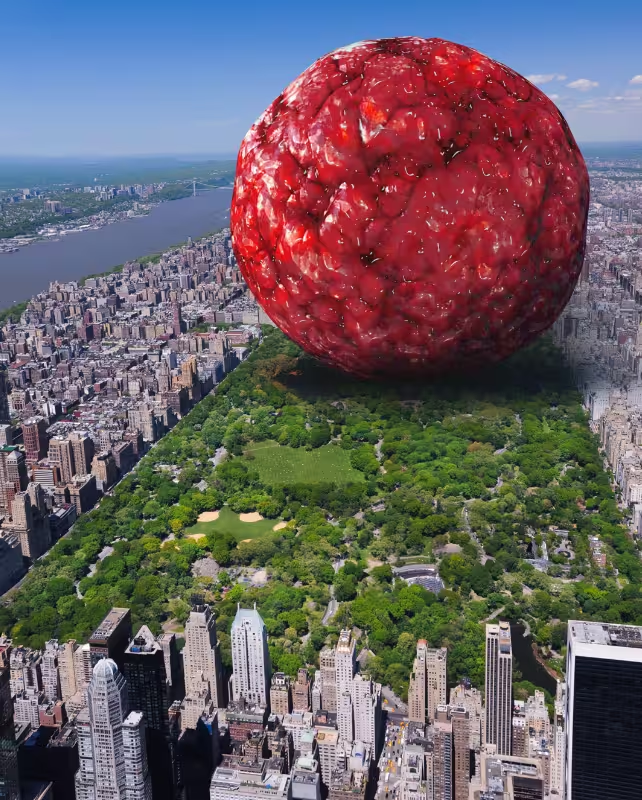4 Minutes
Visualizing the Mass of Humanity: An Unusual Mathematical Perspective
As Earth's population surpasses 8 billion, it's easy to underestimate the collective scale of humanity in physical terms. But what if all humans were merged into a single, densely packed mass? This thought experiment, sparked by a mathematically-inclined enthusiast online, offers a striking visualization of our species' total volume and density—and how we compare to other life forms on the planet.
The Numbers Behind a "Human Sphere"
The original calculation, presented by a Reddit contributor, estimated the average human body has a mass of 62 kilograms and a density of 985 kilograms per cubic meter—numbers based on standard measurements and comparable to the density of water. Applying these averages to the then-current global population of 7.88 billion, the result is a "meatball" with a total mass hovering around 500 million metric tons. This enormous sphere of blended humanity would be just under one kilometer (about 0.62 miles) in diameter—sizable, yet smaller than most major metropolitan areas.
Surprisingly, this giant human sphere could fit comfortably within New York City's Central Park. For context, the next time you envision the crowded bustle of Times Square, consider that the entire human race, compressed together, would barely take up a fraction of Manhattan's landscape.

Comparing the Human Sphere to Earth's Other Inhabitants
Insect Biomass: Doubling the Size
If this calculation were repeated for insects—the most abundant animals by mass—results indicate a much larger sphere. All the insects on Earth would form a "sausage" weighing in at approximately one billion metric tons, roughly double humanity's combined mass. Insect density is reported to be only slightly less than water, making this comparison especially striking.
Marine Life and Microbial Mountains
For mesopelagic fish, which inhabit the midwater regions of oceans, total global biomass is estimated similarly at near a billion tons. Even more staggering are estimates for the combined mass of Earth's bacteria: up to 70 billion metric tons with a density just above that of water. This hypothetical "bacterial slush" would fill Manhattan many times over, illustrating the immense, yet invisible, scale of our planet's smallest life forms.
Scientific Context: Why Biomass Matters
These imaginative calculations offer more than just curiosity—they highlight the concept of biomass, a key term in biological and environmental sciences that represents the total mass of living organisms within a defined region. Assessing the proportions of various life forms helps scientists understand global carbon cycles, food webs, and the resilience of ecosystems under stress.
The exercise also reveals an unexpected perspective: humanity, despite our cultural and technological dominance, occupies a surprisingly compact physical space within Earth's biosphere. This insight emphasizes both our smallness and interconnectedness amidst trillions of other organisms.
Conclusion
By mathematically compressing the entirety of our species and comparing it to other forms of life, we gain fresh perspective on the scale of humanity within Earth's broader ecosystem. While intended as a thought-provoking—and somewhat humorous—mental image, these figures reflect deeper scientific principles about our place on this planet. In a world often defined by its crowded spaces and resource competition, recognizing our physical footprint compared to other living things encourages scientific curiosity and humility about life on Earth.



Comments